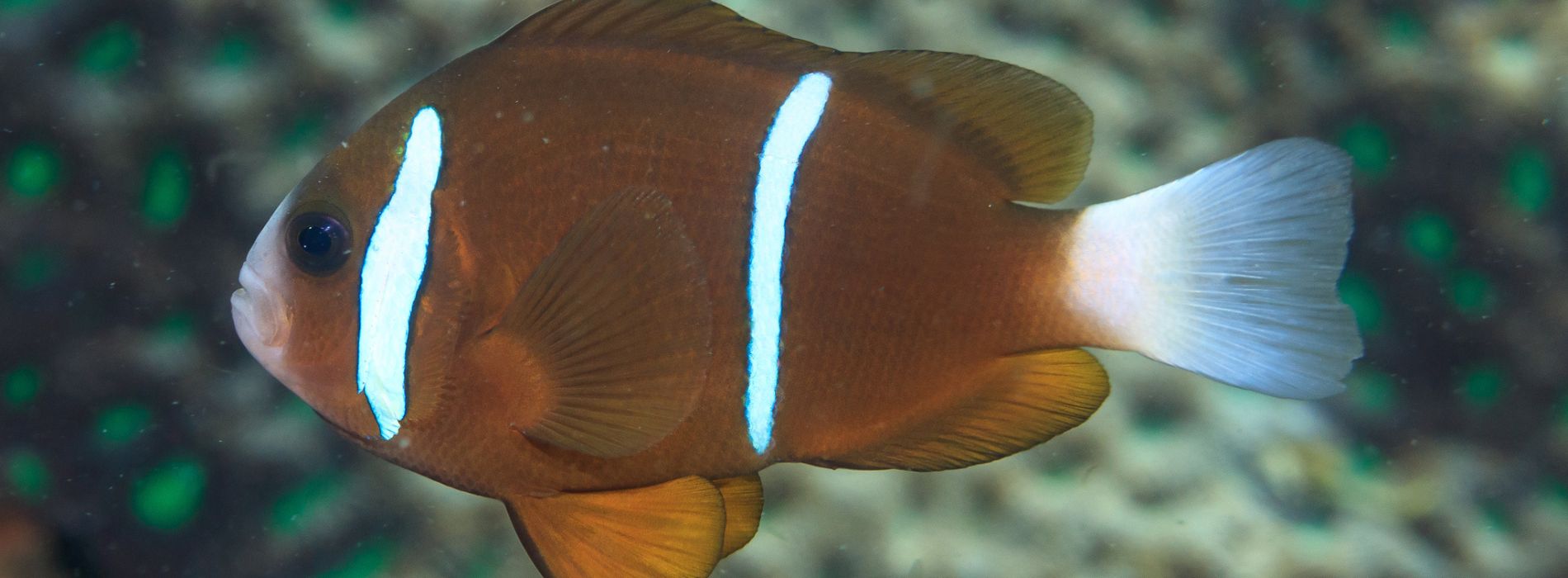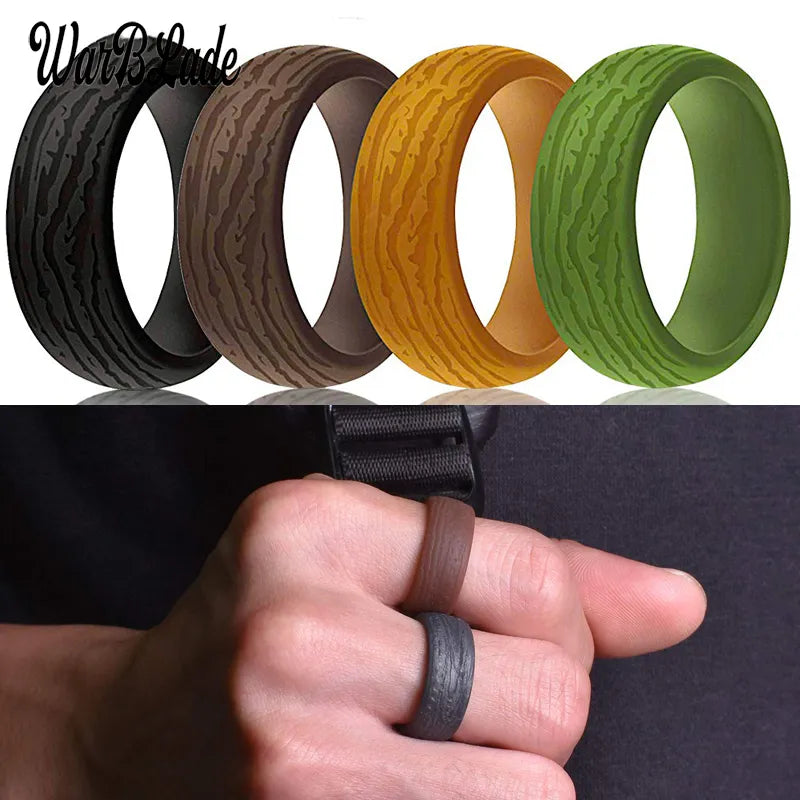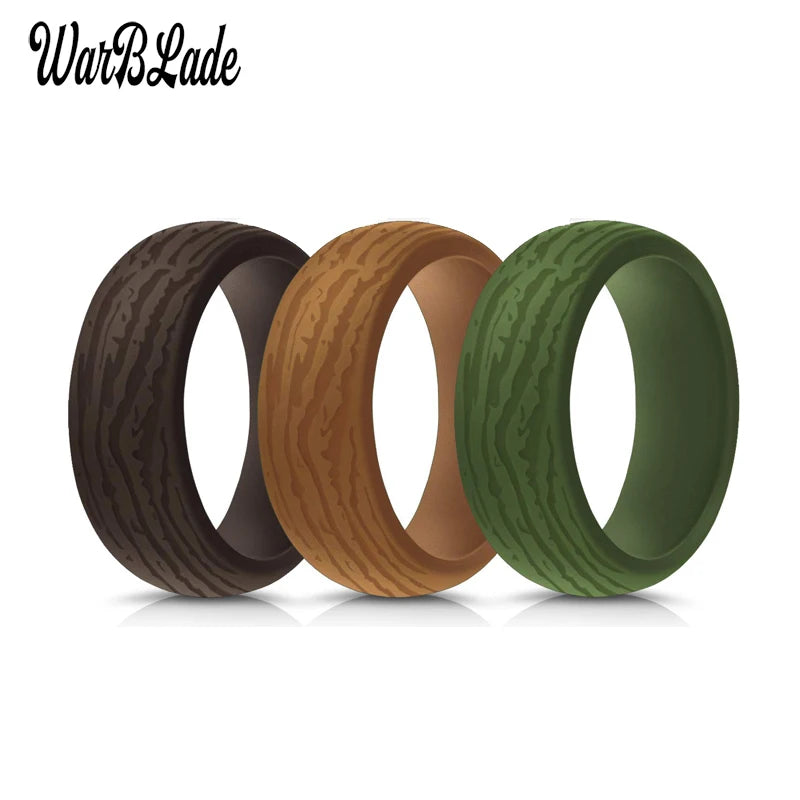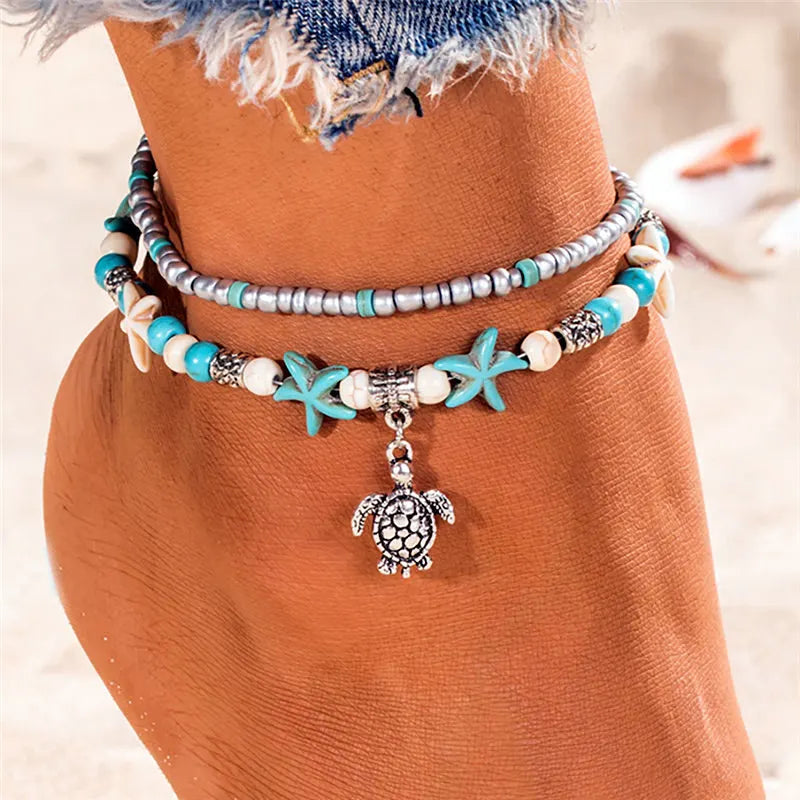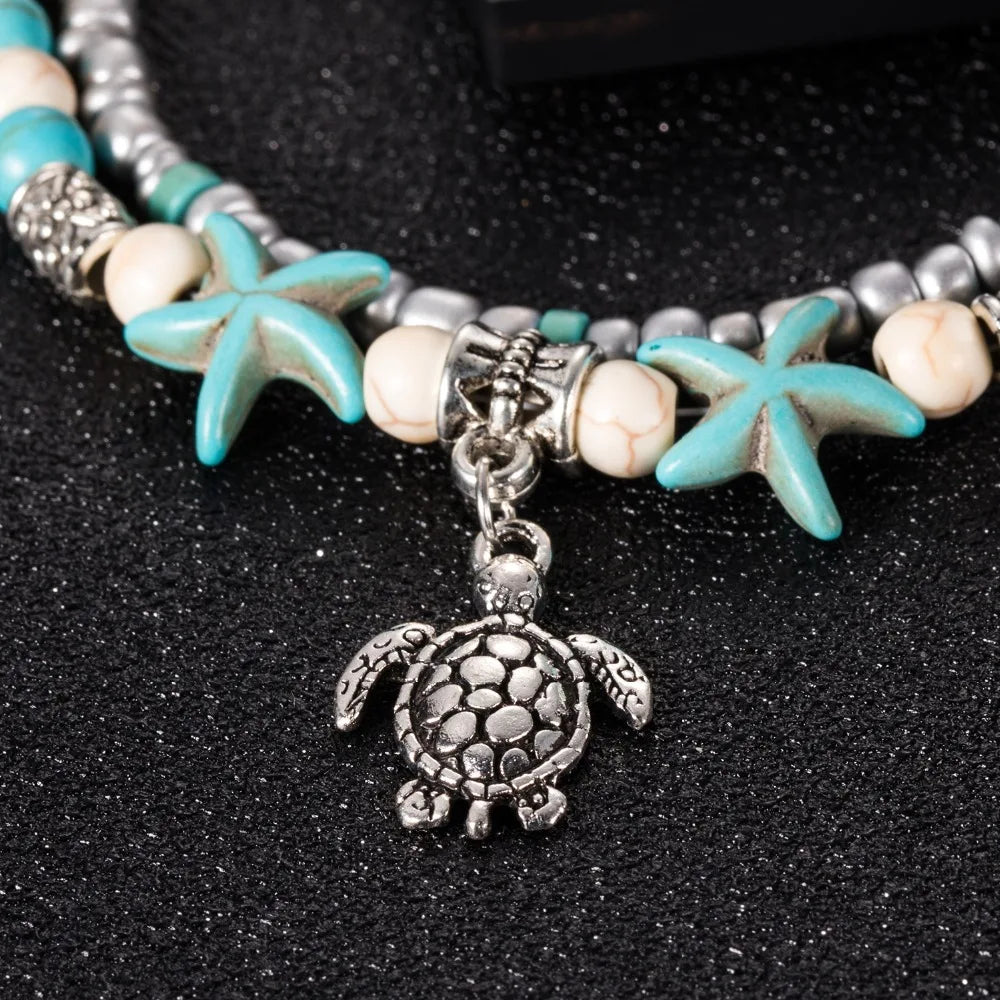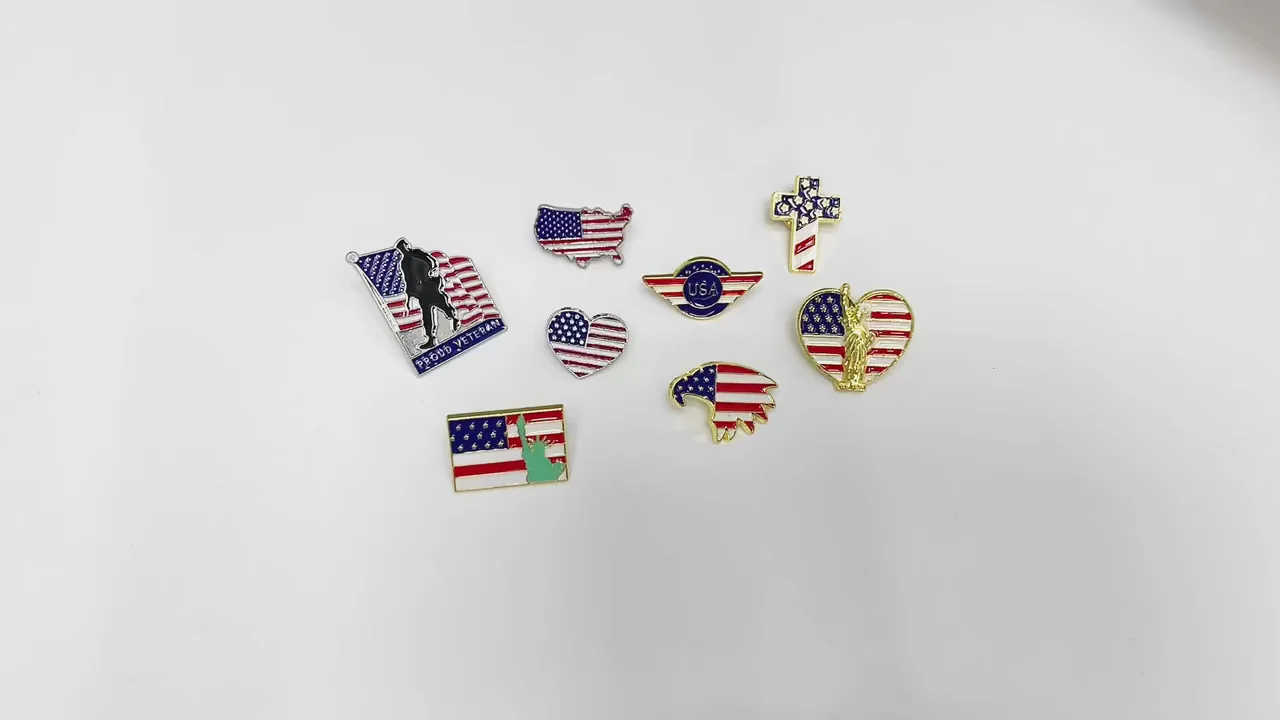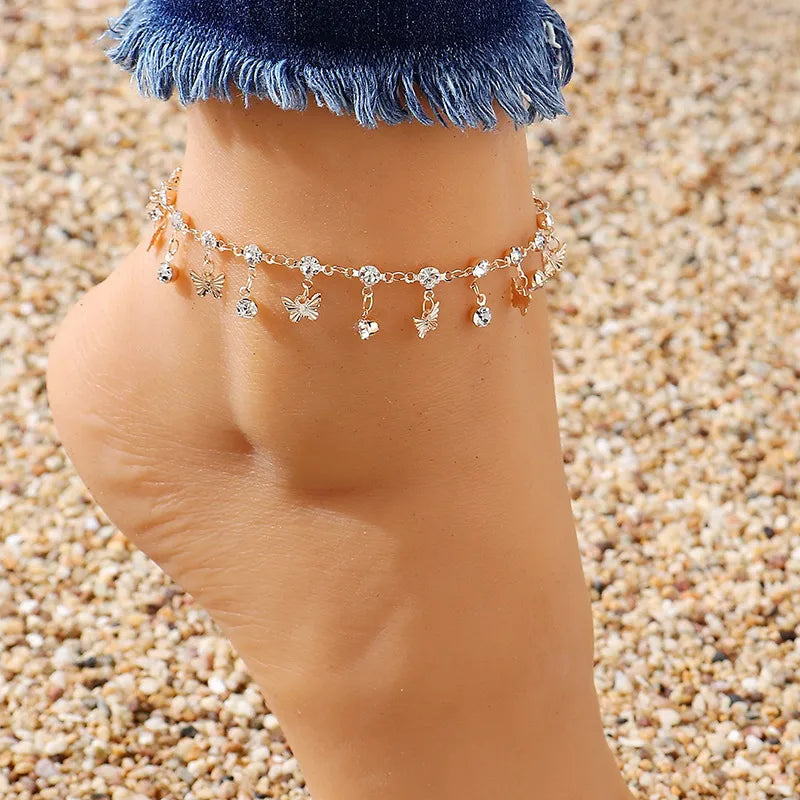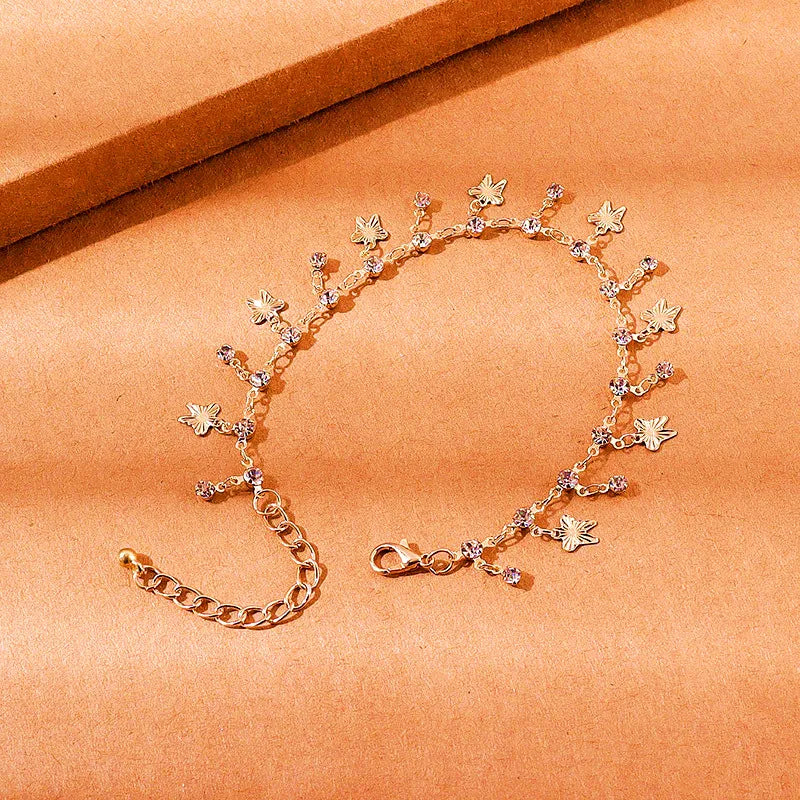The underwater world is full of marvelous creatures that captivate the hearts of ocean enthusiasts. Among these enchanting beings is the Amphiprion akindynos, commonly known as the Barrier Reef anemonefish. This vibrant fish is an integral part of the Great Barrier Reef ecosystem and is renowned for its striking appearance and intriguing behaviors.
In this article, we embark on a journey to explore it's fascinating world. From its taxonomy and description to its unique symbiotic relationship with anemones, we uncover the secrets behind the life of this captivating creature. Join us as we delve into the depths of the ocean and discover the wonders of this fish.
Table Of Content
- Introduction
- Taxonomy and Etymology
- Description
- Distribution and Habitat
- Symbiotic Relationship with Anemones
- Reproduction and Life Cycle
- Diet and Feeding Habits
- Conservation Status
- The Barrier Reef Anemonefish as a Marine Emblem
- Our last words
Taxonomy and Etymology

Scientifically classified as Amphiprion akindynos, this species belongs to the family Pomacentridae, commonly known as damselfishes. The genus name "Amphiprion" is derived from the Greek words "amphi," meaning "on both sides," and "prion," meaning "saw." This name alludes to the serrated appearance of the fish's spines. The species name "akindynos" is also of Greek origin, translating to "safe" or "without danger." This name reflects the protective refuge that the anemone's tentacles provide for the fish.
Description
The Barrier Reef anemonefish exhibits a vibrant coloration that is characteristic of the species. Adult individuals display an orange-brown body adorned with two white bars outlined in black. The first bar extends from the top of the head, just behind the eyes, while the second bar runs along the body below the dorsal fin. The caudal peduncle and caudal fin are strikingly white, adding to the fish's visual allure. Juveniles, on the other hand, have a brown hue with three distinct white stripes. As they mature, their coloration transitions to a dull yellow shade with two white stripes.
In terms of size, the Barrier Reef anemonefish can reach a maximum length of 12–13 cm (4.7–5.1 in). They possess 10 to 11 dorsal spines and 2 anal spines, contributing to their unique appearance.

Distribution and Habitat
The Amphiprion akindynos is primarily found in the Great Barrier Reef of Australia, which encompasses the eastern coast and the Coral Sea. It also inhabits neighboring regions in the Western Pacific, including northern New South Wales, New Caledonia, the Loyalty Islands, and Tonga.
This species thrives in lagoons and outer reefs, where it forms its habitat alongside sea anemones. While it was previously believed that the Barrier Reef anemonefish was limited to depths of less than 25 m, recent studies using autonomous underwater vehicles have observed individuals at depths between 50 and 65 m. These findings suggest that the distribution range of the species may be broader than initially thought.

Symbiotic Relationship with Anemones
One of the most intriguing aspects of the Barrier Reef anemonefish is its symbiotic relationship with sea anemones. This mutualistic partnership is vital for the survival and well-being of both species. The Amphiprion akindynos seeks refuge among the tentacles of its host anemone, finding protection from predators and a constant food source. Remarkably, the anemone's stinging tentacles do not harm the fish due to a unique mucus coating that acts as a protective shield.
The Amphiprion akindynos is considered a generalist when it comes to host anemones, with six out of ten known species serving as suitable hosts. These include Entacmaea quadricolor (Bubble-tip anemone), Heteractis aurora (beaded sea anemone), Heteractis crispa (Sebae anemone), Heteractis magnifica (magnificent sea anemone), Stichodactyla haddoni, and Stichodactyla mertensii (Mertens' carpet sea anemone). The choice of host anemone may depend on factors such as availability and proximity to their preferred habitat.
The Amphiprion akindynos exhibits a hierarchical social structure within its population. Females are the largest individuals, followed by the breeding male, with non-breeding males decreasing in size as the hierarchy descends. If the breeding female dies, the breeding male will transition into a female, and the largest non-breeder will assume the role of the breeding male. This sequential hermaphroditism ensures the continuity of the species even in the absence of the primary breeding pair.

Reproduction and Life Cycle
The Barrier Reef anemonefish follows a nesting behavior during the breeding season. The dominant male exhibits increased aggression towards the female a few days before mating, while simultaneously clearing a nest site near the host anemone. The male diligently removes algae from the chosen rock, sometimes with the assistance of the female. Once the nest site is prepared, spawning takes place as the female zig-zags over the nest, while the male follows closely, fertilizing the deposited eggs. The eggs, which are elliptical in shape and measure between 3 and 4 mm in length, are attached to the nest site by short filaments.
The male takes on the responsibility of guarding and aerating the eggs for a duration of 6 to 7 days until they hatch. After hatching, the larvae are dispersed by ocean currents and their own swimming abilities. Survival rates for larvae are relatively low, with only a fraction of them settling on the original reef. However, those that do survive contribute to the population's growth and the continuation of the species.

Diet and Feeding Habits
The Barrier Reef anemonefish is an omnivorous species with a diverse diet. Its natural food sources include zooplankton and algae (seaweeds). The dominant pair within the social hierarchy tends to venture farther from the host anemone in search of food. Interestingly, the host anemone benefits from small food particles dropped by the anemonefish during feeding, establishing a mutualistic relationship between the two.
Conservation Status
The Amphiprion akindynos is currently classified as "Least Concern" according to the International Union for Conservation of Nature (IUCN). This designation indicates that the species is not facing immediate threats of extinction. However, like many other marine creatures, the Barrier Reef anemonefish is impacted by environmental factors that affect its habitat. The Great Barrier Reef Marine Park Authority manages the collection of these fishes for the marine aquarium trade, ensuring sustainable practices that protect the population. Additionally, the effects of bleaching on anemones and anemonefishes, compounded by collection practices, highlight the need for continued conservation efforts to safeguard their long-term survival.
The Barrier Reef Anemonefish as a Marine Emblem
The Barrier Reef anemonefish holds a special place in the hearts of ocean enthusiasts and conservationists alike. Recognizing its significance, the state of Queensland in Australia named it the official aquatic emblem in March 2005. This prestigious title acknowledges the species' importance in representing the unique marine ecosystem of the Great Barrier Reef.
This creature embodies the spirit of resilience, adaptability, and interconnectedness that characterizes life in the ocean. Its vibrant colors and captivating behaviors serve as a symbol of the profound beauty and fragility of our planet's underwater realms. By embracing the Amphiprion akindynos as an emblem, Queensland honors the enchanting creatures that inhabit its waters and encourages the preservation of their natural habitats.In other parts of the world, it is very popular to wear a necklace of this species, and clownfish necklaces often bear the symbol of the species they represent. Many varieties of colours and styles are available in shops around the world.
Our last words
The Amphiprion akindynos, also known as the Barrier Reef anemonefish, is a captivating creature that captivates the hearts of ocean enthusiasts. With its vibrant coloration, unique behaviors, and symbiotic relationship with sea anemones, this remarkable fish exemplifies the wonders of the underwater world. By understanding and appreciating the intricacies of it's life, we can develop a deeper connection to the marine ecosystem and work towards its preservation. Let us continue to explore, admire, and protect the treasures that lie beneath the surface of our oceans, ensuring a future where the Amphiprion akindynos and its companions thrive in their natural habitats.
If liked your reading about these wonderful species and want to discover more about clownfish, click here !
We hope you've enjoyed this article about the Barrier Reef Anemonefish !
Feel free to subscribe to our private newsletter to receive more exclusive article. You will also receive a 10% bonus discount for our sea world catalogue. You will be notified via email whenever we release a new wonderful jewelry piece of the ocean.
Feel free also to go check out our website, we provide the best sea content and we offer you the best nautical jewelry all around the globe !

